Summer internships for MEPHI students in international research centers
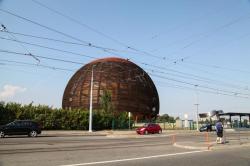
National Research Nuclear University (MEPhI) co-operate closely with international research organizations. A good example is the cooperation MEPhI with the European Centre for Nuclear Research CERN in Switzerland and studying neutrino oscillation experiment T2K (Tokai to Kamiokande) KEK in Japan.
Every year MEPhI students take part in the international experiments and 2015th year was not an exception to the rule. This year three students of the department "Elementary Particle Physics" held their practice working in major collaborations of high energy physics. These trips became possible thanks to the program “Improving competitiveness” (PKC) MEPhI. Young scientists told about their internships.
Daniil Ponomarenko (department 40):
This is my second visit to CERN. The first one was last year as a part of the CERN summer student programme and it lasted two months. Now, I came for three months thanks to the programme PKC MEPhI.
During this time I was able to do a tremendous amount of work on the analysis of the transport properties of the quark-gluon plasma. The idea is simple: to measure the angular distribution of charged particles with respect to the trigger particles, which is chosen as a neutral meson with the largest transverse momentum in a collision. This trigger meson corresponds to the jet borned by parton which beg hot matter. Also second partner parton taking off in the opposite direction and usually runs a longer distance in the quark-gluon plasma, rescatter and creates reverse stream with other energy and angular distribution of charged hadrons. Comparing the results for different types of collisions such as pp, pPb and PbPb we can find more information about such effects as the jet quenching, the interaction of partons with hot medium, to measure the viscosity and fluidity of fireball and, hence, provide new data for tests of QCD theories. Every week I took part in meetings with colleagues from the collaboration in oder to discuss current results and to make decisions about the future plans. I was at the ALICE week (aliceinfo.cern.ch) - when during one week all groups of the ALICE experiment presented their results to the whole collaboration. Also, there were organized lectures and seminars where experts shared experience with newcomers. I particularly liked the course on working with the software AliROOT. The CERN is the place where there is a large number of people who made a significant contribution to the development of elementary particle physics. This June I was lucky to have a dinner with the former speaker of the ATLAS collaboration Peter Jenny. He told about the history of the LHC, about the difficulties that was overcomed and strategies for solving problems during the construction of the detector. He noted the great contribution to the TRT detector development from MEPhI. Also, I was lucky to be a part of the team of operators of the ALICE experiment in the control room as a DCS shifter (Detector Control System Shifter) in the day when LHC provided first stable beams at an energy of 13 TeV in this season. The result of my three-month work was the preparation and successful defense of master's thesis in the department №40 "Elementary Particle Physics"
I am glad that I had an opportunity to gain invaluable experience and skills in a place like CERN. I found a lot of new friends and acquaintances in the field of experimental and theoretical high energy physics!
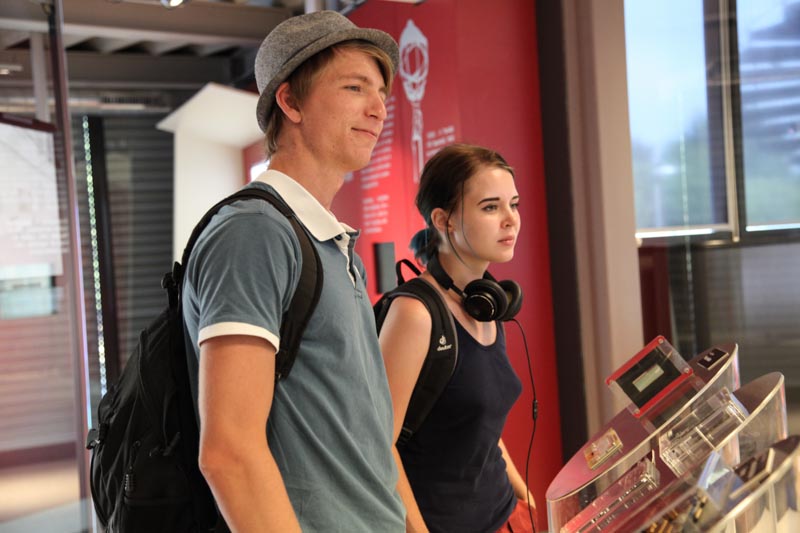
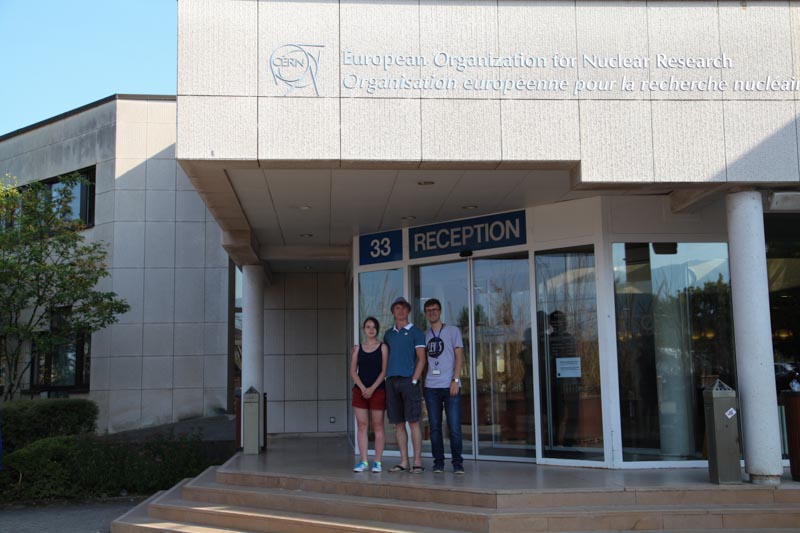
Nadezda Proklova (department 40):
It was November when I was told about a chance to go to CERN. A new program of foreign traineeship was provided by my home institute MEPhI. I was quite excited because going to CERN has been my wish since the first year of my education at MEPhI. Since the very beginning I found myself in a maelstrom of interesting events - I started to work on interesting project, have various and very useful discussions with my new colleagues and performed on different meetings. My research project was about the study of various background processes that occur in the misidentification of hadron jets as photons and also I studied different methods of such background estimation.
Three months were extremely intensive and flew like a one flash. I managed to take part in the construction and debugging of test detector of our TRT group, which is located on line of the beam in the SPS ring and where we tested different gas mixtures that are needed for TRT detector. I also performed as a Detector Control System Shifter on the test beam during preparation for the second Run of the LHC (Run2). I also spoke at one of the major meeting of the ATLAS collaboration, where I received positive feedback about my work, I met lots of interesting people who were able to help me in my study which is now dedicated to photon identification in process of Z boson radiative decay into leptons, using data from Run2. I was prepairing and writing of my master thesis in an “emergency mode”, participating at the meetings of my working group at the same time. With the support of my colleagues and my classmates I was able to succeed in everything and I defended my thesis with excellent grade.
During my traineeship I was fortunate to meet lots of wonderful people from the ALICE,the CMS and the LHCb experiments, to plunge into indescribable atmosphere of universal focus on a common goal - to learn more about the structure of our world, to see with my own eyes the creation of detectors for new experiments, including Neutrino Research Experiment. I hope with all my heart to be able to return back to CERN.
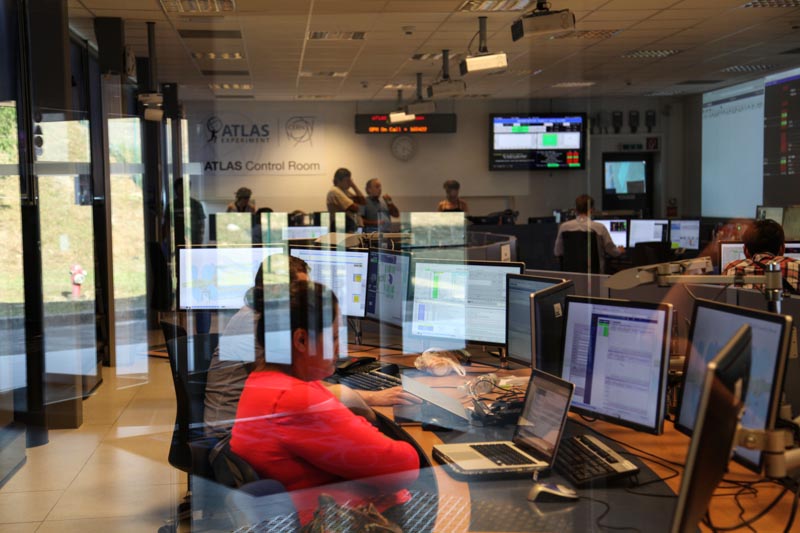
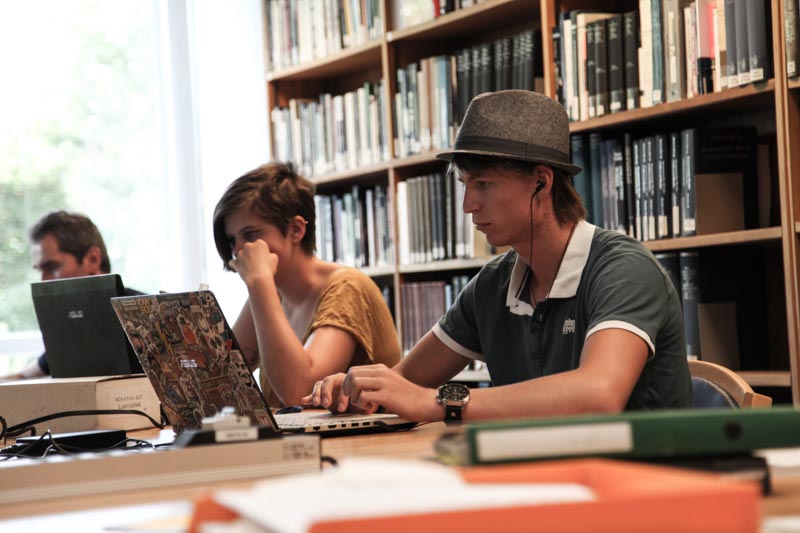
Tatiana Ovsiannikova (department 40):
My Master degree at MEPhI took place at HEP department of INR on the international experiment studying neutrino oscillations, T2K (Tokai to Kamioka) KEK.
T2K is a long-baseline neutrino experiment in Japan, T2K studies neutrino oscillations with two separate detectors (ND280,INGRID,MUMON) and far (Super-Kamiokande), both of which are 2.5 degrees away from the center of the neutrino beam which is produced by the proton accelerator J-PARC (Tokai, Japan).
I have been in Japan several times to participate T2K collaboration meetings with my supervisor-professor at MEPhI Yu. G Kudenko and other students from our laboratory. But for me this internship in Japan was a good chance to work during a long period on a new project WAGASCI (Water-Grid-Scintillator-Detector) under the leadership of research assistant at INR and concurrently at the Tokyo University A. Izmailov.
The WAGASCI project was proposed by professor of Kyoto University Akira Minamino, this project is designed to reduce main systematic uncertainties of the T2K oscillation analysis, which are related to the dependence of target nuclei in the near and far detectors. The idea of the experiment is to measure the water to hydrocarbon cross section ratio. It is not accidentally that experiment is called "WAGASCI", because "Wagasci" is the name of traditional Japanese boxes for sweets, boxes look like a lot of square cells. That grid structure will be used for 3d grid-like scintillator bar design of the central part. My studies on this project is related to modeling and reconstruction of the neutrino interactions in the detector WAGASCI.
It was very interesting to work on my master's thesis on the WAGASCI project, and I hope that I would be able to continue this studies in the future. In addition to my studies I was able to participate in anti-neutrino data taking part on the ND280 near the detector as DAQ shifter and attend the T2K collaboration meeting. During the internship the pleasant surprises for me were Japanese language classes. They were organized by KEK and also a lot of invitations for tours of Ibaraki Prefecture.
I am very grateful to MEPhI and the department of "Elementary Particle Physics" for the opportunity to visit and work in such an amazing and beautiful country.
.jpg)
21.07.2015

